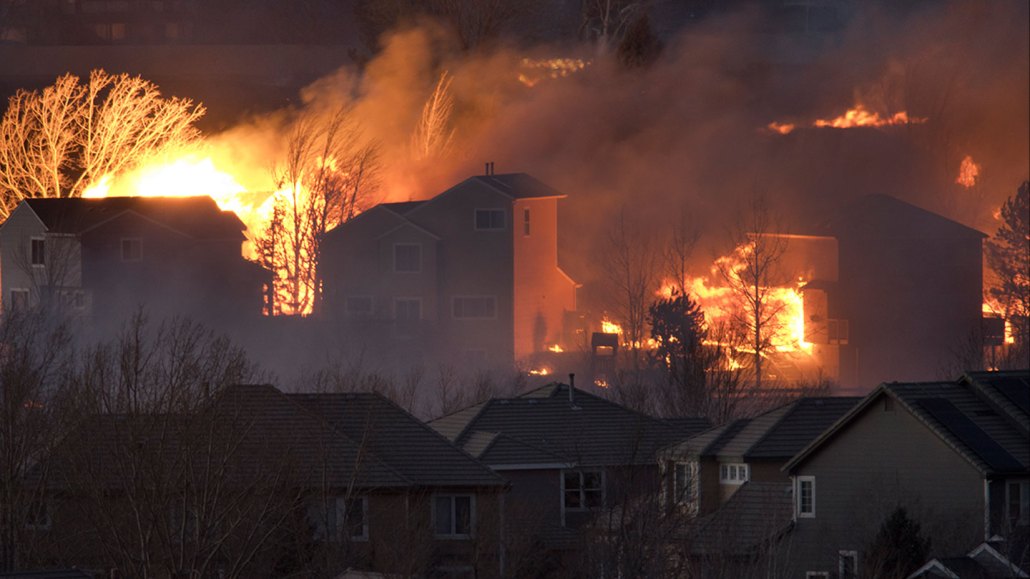Grassland and shrubland fires destroy more U.S. homes than forest fires
The number of homes on ground that has burned before has doubled

Over the last few decades, blazes in grasslands and shrublands have burned more land and destroyed more houses in the contiguous United States than forest fires have. In December 2021, the Marshall fire (shown here) burned through grasses outside of Boulder, Colorado, eventually destroying more than 1,000 homes and killing two people.
milehightraveler/GettyImages